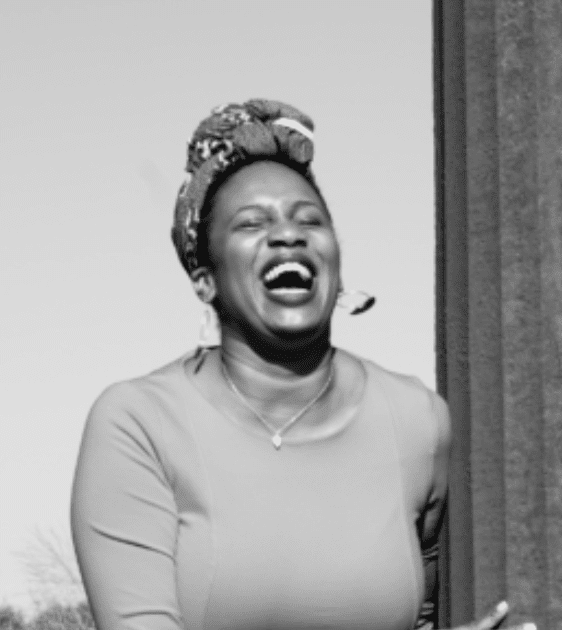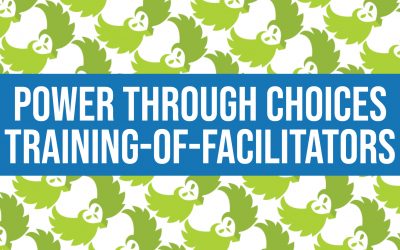
We need to be mindful of our language to ensure that we’re reaching young people of all genders.

By Vanessa Geffrard
July 13, 2023
As health educators, it’s likely that we’ll teach a lesson, or answer questions about, birth control for a classroom full of curious young people. They may want to know all about the types of birth control, the possible side effects someone may experience using them, and how and where to get birth control. I suspect we can answer all of these questions fairly easily because this topic is pretty basic in sex education, but…can we teach it in a way that is inclusive and gender inclusive?
Oftentimes, birth control is framed as only being for people who have the capacity get pregnant, and that leaves out so many students who could use the information for their health and safety.
We need to be mindful of our language to ensure that we’re reaching young people of all genders. Oftentimes, birth control is framed as only being for people who have the capacity get pregnant, and that leaves out so many students who could use the information for their health and safety.
Here are some concrete examples of how to teach about birth control methods in an inclusive and gender-inclusive manner:
Instead of saying, “During menstruation, females use feminine hygiene products,” we could say, “During menstruation, a person uses menstrual products.”
Why? Because not everyone who menstruates identifies as female.
Instead of saying “The pill is a good choice for women,” we could say “The pill is a good choice for people who have ovaries.”
Why? Because not everyone who has ovaries identify as or feels like a woman.
Instead of saying “Condoms are for preventing pregnancy,” we could say “Condoms can help to prevent pregnancy and STIs.”
Why? Because condoms offer dual protection and can be an option for someone who might not be too keen on hormones and still wants a non-hormonal way to prevent pregnancy and STIs.
Instead of saying “Birth control is only for men and women who are sexually active,” we could say “Birth control can be used by people who are sexually active and by people who are not sexually active.”
Why? Because birth control has many purposes beside preventing pregnancy and STIs. Some folks take birth control to support their hormones and even conditions like endometriosis.
Instead of saying “He wears the condom on his penis,” we could say “A condom can be placed on the penis or inside of the vagina.”
Why? Because there are external (male) condoms and internal (female) condoms that can be used with various bodies regardless of how they are labeled or marketed to folks.
By following these tips, we can help to ensure that our students feel seen and the information about birth control is relevant to them so that they can make informed decisions about their sexual health.
Still unsure how to be more inclusive teaching about birth control? Here are some additional resources to read:
- How Can I Use Gender-inclusive Language? by Planned Parenthood
- Birth Control Across the Gender Spectrum by Reproductive Health Access Project
One last thing, be sure to share this blog and resources with other educators—even if they are not teaching health or sex education—because the tips are universal. It doesn’t matter if someone teaches the ABCs or Physics, young people want to learn in classrooms with someone who honors their gender and respects them as who they are.
PHOTO CREDIT: Reproductive Health Supplies Coalition on Unsplash
Vanessa Geffrard is a life affirming sex educator residing in West Baltimore. Vanessa serves as Vice President of Education and Training at Planned Parenthood of Maryland. She is also founder of VagEsteem™, a workshop series and podcast that encourages good and healthy sex through courageous conversation about love and sexuality.












